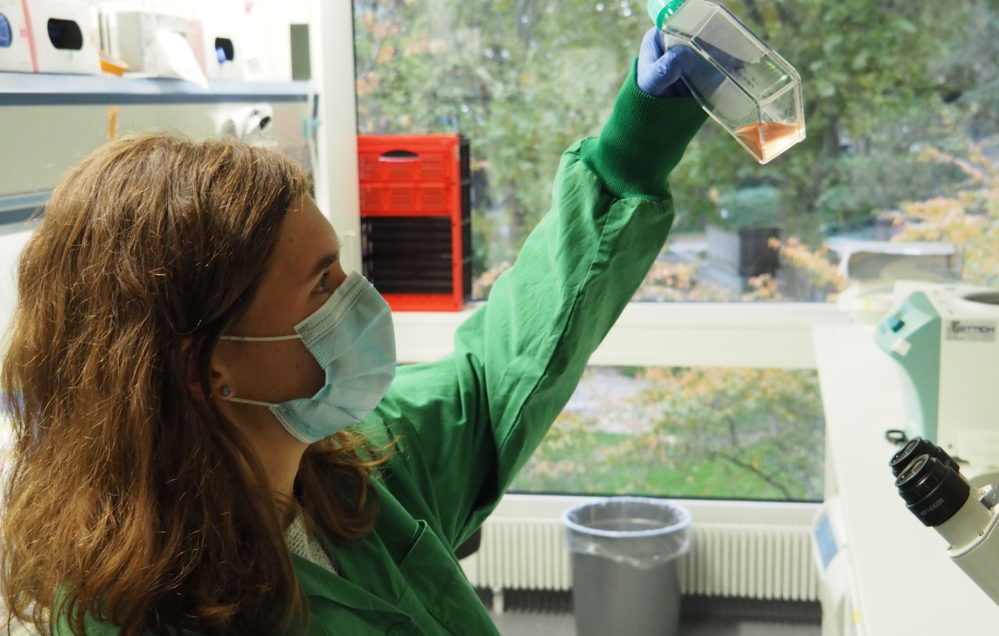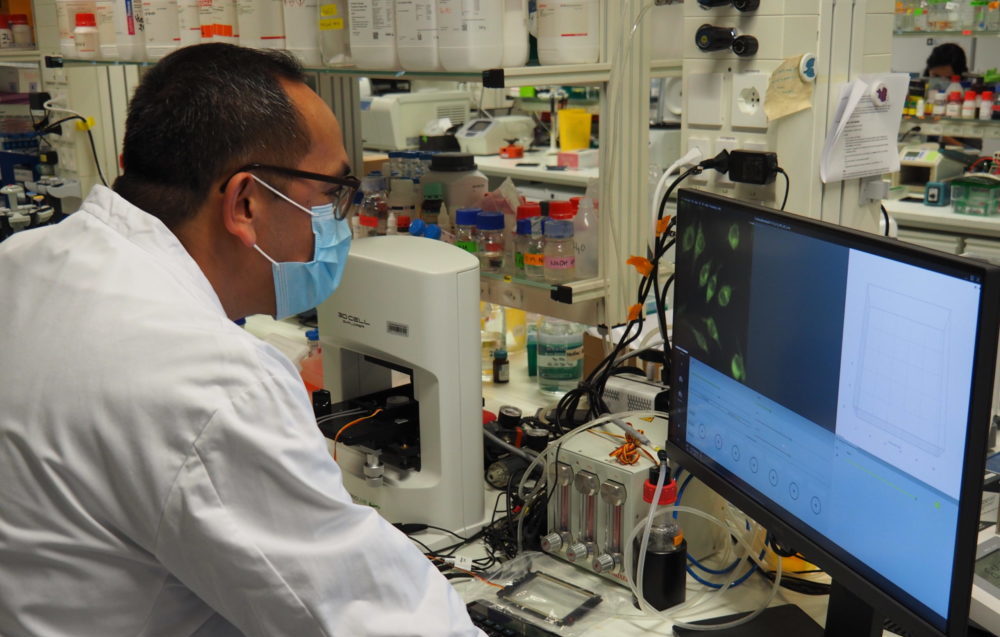Immune Senescence in COVID-19 (ISINC-19)
It is still unclear why some individuals infected with SARS-CoV-2 develop severe illness whereas others develop only mild or even no symptoms. This research consortium aims to investigate the role of immune system dysfunction in COVID-19 clinical presentation. The team will explore how biological processes in immune cells, particularly metabolism, and their respective functions are affected in patients with differing levels of disease severity with the aim of improving therapeutic interventions for COVID-19 patients.
Why some COVID-19 infected individuals develop severe illness whereas others only have mild or even no symptoms remains incompletely understood. Accumulating evidence suggests that patient host factors play an important role in determining the disease severity of COVID-19. Individuals with severe COVID-19 are generally older (>60 years) or have pre-existing conditions associated with a dysfunctional or impaired immune system (e.g. obesity, cardiovascular disease). These factors lead to a decline in immune competence, resulting in increased susceptibility to infections and impaired or prolonged recovery from illness. This ill-understood immune dysfunction, termed 'immunosenescence', likely reflects a multifaceted process.
Recent research by the consortium, using an integrative metabolomics-genomics approach, demonstrated the impact that cellular metabolic dysfunction can have in driving the hyper-responsiveness of immune cells. Now, in this project, the consortium builds upon these findings and further explores how senescence-associated changes in the immune cell metabolism relate to disease severity in COVID-19 patients. The researchers will investigate if metabolic dysfunction in innate and adaptive immune cells, the two categories of defence mechanisms in the body’s immune system, lead to abnormal immune responses in SARS-CoV-2 vulnerable individuals.
This work will generate mechanistic insight into how immunometabolic dysregulation, immune senescence and the pathogenesis of COVID-19 are linked at a molecular level. The goal of the study is to provide insights into developing future preventive and therapeutic strategies for SARS-CoV-2 and other related infections.
Banner image above: Combined live-cell holotomographic and epifluorescence image of a macrophage stained with the mitochondrial marker, mitotracker green.

Metabolic pathways in immune cells. Visual: G. Bantug

S. Roffeis examining cells in the cell culture lab. Photo: C. Berger

Dr. G. Bantug performing holotomographic microscopy. Photo: C. Berger

S. Roffeis and Dr. G. Bantug analyzing microscopy images. Photo: C. Berger

Dr. A. Marti performing flow cytometry using the Cytek Aurora. Photo: C. Berger

S. Roffeis and Dr. A. Marti analyzing extracellular metabolic flux analysis data. Photo: C. Berger

